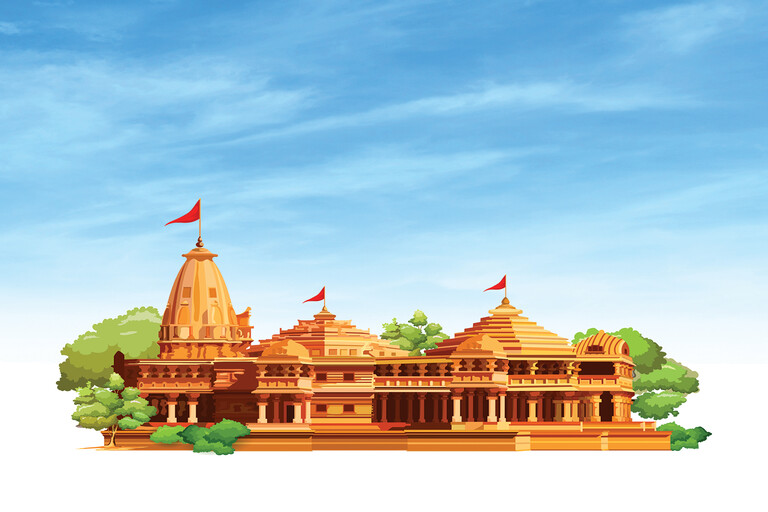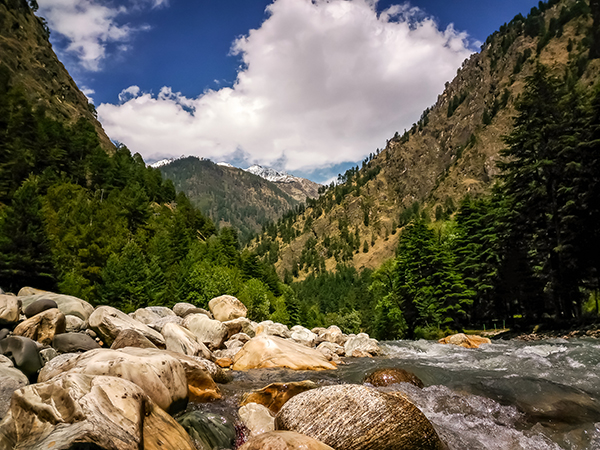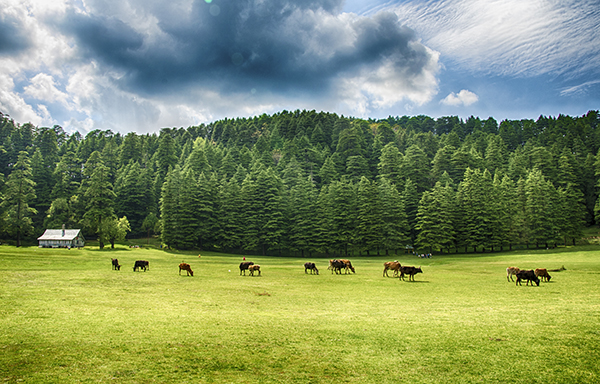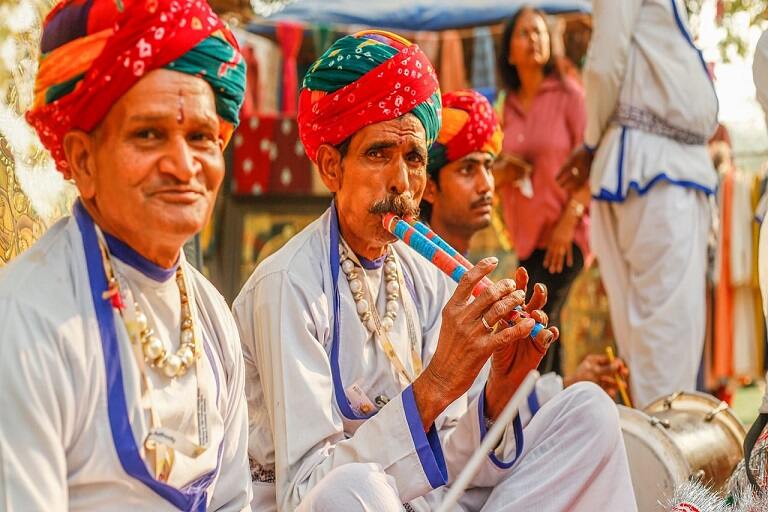
Ayodhya Ram Temple: A Symbol of Faith and Cultural Heritage
Table of contents
In the heart of Ayodhya, a city that echoes the ancient tales of the Ramayana, stands the magnificent Ayodhya Ram Temple. The Ayodhya Ram Mandir stands as a symbol deeply rooted in the rich faith and culture. As you embark on a journey through the history and significance of this Ayodhya heritage site, you’ll discover its profound impact on India’s spiritual and cultural landscape.
The Historical Significance of Ayodhya Ram Temple
Ayodhya is believed to be the birthplace of Lord Rama. It holds immense significance for millions of devotees. The ancient city witnessed the unfolding of the epic Ramayana, a timeless narrative that transcends generations. As you stand before the Ayodhya Ram Temple, you can’t help but feel the echoes of the past as the bricks and stones seem to whisper the age-old stories of devotion and righteousness. Ayodhya is one of the top holy sites in India. It is known for some of the most famous Ayodhya temples that attract tourists from all across the country.
Ayodhya Ram Temple: The Birthplace of Lord Rama
At the heart of the temple’s significance lies the belief that it stands on the spot where Lord Rama, the seventh avatar of Lord Vishnu, was born. The Ayodhya Ram Mandir becomes not just a structure but a sacred ground, revered by devotees who see it as a living connection to their beloved deity. It’s a place where faith comes alive, bridging the gap between the mortal and the divine.
Shree Ram Mandir Ayodhya: The Long-standing Quest for a Temple
The journey of the Ayodhya Ram Temple has not been without its share of trials and tribulations. The historic and legal battles surrounding the site have been etched into the national consciousness. Over the years, the Ayodhya Ram Temple faced challenges and controversies, but the faith of the devotees kept the flame of hope alive. As you explore the Shree Ram Mandir Ayodhya site, you witness the resilience of faith over adversities.
Architectural Splendour
The Ayodhya Ram Temple is not just a testament to faith; it is also a masterpiece of architectural brilliance. The temple’s design seamlessly blends traditional and modern elements, reflecting the cultural diversity that defines India. The towering spires, intricate carvings, and the majestic sanctum sanctorum all create an awe-inspiring ambience. As you gaze upon the Shree Ram Mandir Ayodhya temple, you can’t help but marvel at the craftsmanship that has gone into making it a visual symphony of devotion.
Symbol of Unity
The Shree Ram Mandir Ayodhya Temple serves as a unifying force, bringing together people from diverse backgrounds. The Ayodhya Ram Mandir’s construction symbolises national unity, transcending religious and regional divides. It stands as a testament to the inclusivity of Indian culture, where diversity is celebrated and unity is forged through shared values and beliefs.
Cultural Preservation
The Ayodhya Ram Temple not only symbolises faith but also serves as a guardian of India’s cultural legacy. The art, architecture, and rituals associated with the temple are treasures that connect the present with the past. As you witness the cultural richness embedded in every corner of the temple, you become a part of the legacy.
Spiritual Pilgrimage
One of the most famous temples in Ayodhya, the Ram Temple is more than a physical journey; it’s a spiritual pilgrimage. The temple becomes a sacred space where individuals seek solace, guidance, and a deeper connection with the divine. The rituals, prayers, and the sacred atmosphere create an environment allowing devotees to experience a sense of peace and spiritual fulfilment.
Best Time to Visit Ayodhya
The best time to visit Ayodhya is during the winter, from October to March when the weather is cool and comfortable. This period offers pleasant conditions for exploring the historical and religious sites in the region. From April to June, summers bring high temperatures exceeding 40°C (104°F), making it less favourable for tourism. The monsoon season, from July to September, brings heavy rainfall, potentially disrupting travel plans. Therefore, to enjoy a more comfortable and enjoyable visit, planning a trip to Ayodhya during the winter is advisable.
Ayodhya Temples: Famous Temples in Ayodhya To Visit Near the Ram Mandir
Ayodhya, a city steeped in the timeless tales of mythology, holds a special place in the hearts of devotees from across the globe. While the Ram Temple is undoubtedly one of the top Ayodhya temples, the city boasts several other temples you can visit on your tour packages. As you embark on a journey to explore the religious tapestry of Ayodhya, here are the top temples that should be a must-visit for Ayodhya tourism.
1. Hanuman Garhi
Perched atop a hillock, Hanuman Garhi is one of the most revered temples in Ayodhya. Dedicated to Lord Hanuman, the ardent devotee of Lord Rama, this Ayodhya heritage temple complex is a vibrant hub of activity. With its distinctive architecture and a massive statue of Lord Hanuman, that stands as a guardian at the entrance, this temple is a must-visit on your trip.
Devotees believe visiting Hanuman Garhi brings strength, courage, and protection from evil forces. The panoramic view of Ayodhya from the temple premises adds to the spiritual experience. This is one of the top Ayodhya temples to visit, so make sure to add it to your list.
2. Kanak Bhawan
Kanak Bhawan, also known as Sone-ka-Ghar, is a temple dedicated to Lord Rama and Goddess Sita. The uniqueness of this Ayodhya heritage temple lies in its legend, which suggests that the temple deity images were gifted to Sita by her mother before her marriage. The temple underwent reconstruction during the 19th century, and today, it stands as a symbol of marital bliss and prosperity. The intricate carvings and vibrant frescoes inside the temple provide a visual feast for devotees and art enthusiasts alike. After you visit the Ayodhya Ram Temple, visit the Kanak Bhawan for an immersive experience.
3. Treta Ke Thakur
Treta Ke Thakur, nestled on the banks of the Sarayu River, is another significant temple in Ayodhya. It is believed to be the site where Lord Rama performed the Ashwamedha Yagna after his triumphant return to Ayodhya. The temple is adorned with beautiful sculptures and inscriptions that narrate the tales of the Ramayana. The serene surroundings and the spiritual ambience make Treta Ke Thakur a tranquil retreat for devotees seeking a deeper connection with Lord Rama.
4. Nageshwarnath Temple
Dedicated to Lord Shiva, the Nageshwarnath Temple holds a unique place in Ayodhya’s religious landscape. Legend has it that Lord Rama himself installed the Shiva Linga in this temple before embarking on his journey to Lanka. The temple attracts devotees, especially during the festival of Shivratri, when the premises come alive with religious fervour. The ancient architecture and the spiritual aura make Nageshwarnath Temple a must-visit destination for those exploring Ayodhya’s diverse religious landscape.
5. Swarg Dwar
Swarg Dwar, also known as the ‘Gateway to Heaven,’ is a sacred spot where it is believed that Lord Rama ascended to heaven. The temple complex is adorned with intricate carvings and sculptures that depict scenes from the Ramayana. Devotees flock to Swarg Dwar to offer their prayers and seek blessings for a blissful afterlife. The serene atmosphere and the historical significance of the site make it an important destination for those seeking a connection to the divine.
6. Ram Ki Paidi
While not a traditional temple, Ram Ki Paidi holds immense religious significance in Ayodhya. It is a series of ghats along the Sarayu River where devotees take a ritual dip, especially during religious festivals. The ghats are illuminated during the evening, creating a magical ambience. Devotees believe that taking a dip in the holy river at Ram Ki Paidi cleanses the soul and brings spiritual purification.
Things to Keep in Mind When Visiting Ayodhya
When visiting Ayodhya, there are several important considerations to keep in mind to ensure a smooth and respectful experience:
- Respect Religious Sites: Ayodhya is a sacred city with significant religious importance. Respect the sanctity of temples and other religious sites. Follow any specific dress code or guidelines provided at these places.
- Cultural Sensitivity: Be mindful of local customs and traditions. Greet locals respectfully, and seek permission before taking photographs, especially at religious sites and with locals.
- Weather Conditions: Ayodhya experiences different seasons, so check the weather forecast before your trip. Bring appropriate clothing to stay comfortable, especially during the summer and monsoon seasons.
- Local Cuisine: Ayodhya offers a variety of local cuisine. While trying local delicacies, be cautious about street food hygiene.
Ayodhya’s religious landscape is a rich tapestry of devotion, mythology, and spirituality. The top temples in and around the Ayodhya Ram Temple offer a holistic pilgrimage experience, inviting devotees to immerse themselves in the timeless stories and culture of this sacred city. Each temple, with its unique legends and architectural splendour, contributes to the spiritual beauty that makes Ayodhya a haven for seekers of divinity.
Book your Uttar Pradesh tour packages with Thomas Cook for a hassle-free experience that can make your trip more enjoyable and stress-free.
Table of contents
Trending blogs for you
 18002099100
18002099100




















